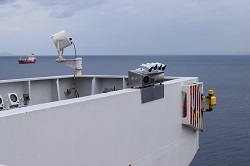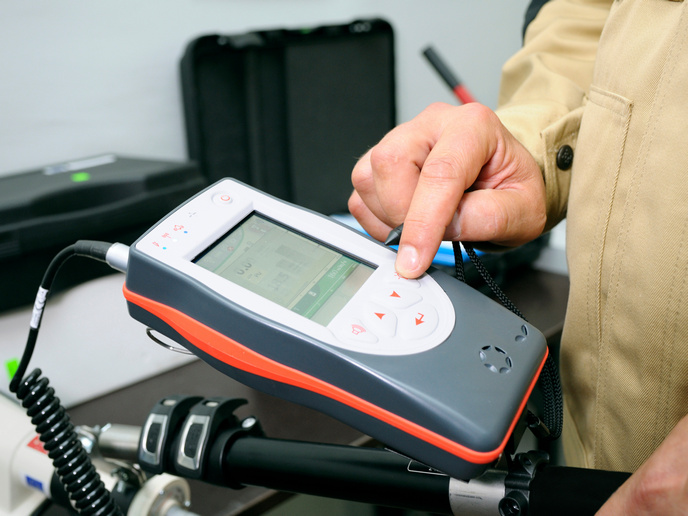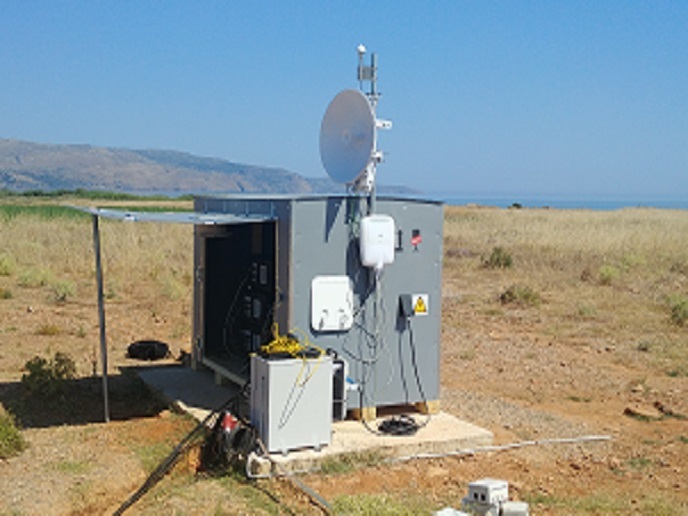Intelligent surveillance technology helps ships ward off pirates
The resurgence in piracy forced the international community to provide a military presence. This was very costly, so now military deployment is being withdrawn. There is a need to explore cost-efficient non-military options. Even such alternatives, when used inappropriately, can have disastrous consequences. ‘IPATCH addressed the rise in piracy activity and the need for commercial shipping to have cost-efficient, non-lethal measures with which to defend themselves,’ says Tom Cane, project coordinator for the EU-funded project IPATCH(opens in new window). ‘A deeper understanding is also needed of the legal and ethical implications of using different types of countermeasures.’ Making seas safer without the use of potentially lethal force IPATCH analysed piracy incidents over the last five years and countermeasure data to gain knowledge of the most common patterns of attack and the associated risk of harm to a vessel and crew. The project also assessed the effectiveness of existing countermeasures, along with legal and ethical issues surrounding their use. According to the International Maritime Organization, an effective lookout is the most important defence against attacks at sea. Where early warning of a suspicious approach or attack is assured, and where defences can be readily deployed, an efficient watch is considered the single-most successful ship protection method. In response to this finding, the project developed an automated onboard threat detection and decision-support system. Combining advanced video analytics with existing sensors, situation awareness and threat assessment algorithms to support crews, the system detects and advises crews how to respond to pirate attacks quickly and safely. IPATCH successfully validated the prototype system on board a real oil tanker. Trials were held in Greece and small speedboats were used to simulate pirate attacks in order to evaluate how well the system could detect and track them, determine their threat level, and recommend appropriate actions to the captain and crew. A maritime sensor data set was collected to support testing and development of the system. It consisted of synchronised data recorded from visual and thermal cameras, radar, an automatic identification system and navigation systems. The data set was prepared, annotated and released for use by academia and industry for further research. Real-time threat assessment and mitigation of piracy threats ‘IPATCH has provided in-depth knowledge on piracy behaviour and use of countermeasures, particularly for East and West Africa which were our focus regions,’ says Mr Cane. ‘It demonstrated a proof of concept for an affordable, on-board surveillance and threat detection system which can support the captain and crew when they are in dangerous sailing waters.’ According to Mr Cane, the system’s individual components also have potential for use in other applications, such as port and harbour monitoring for safety/secur, vessel traffic services systems, offshore infrastructure protection and general maritime domain awareness. For direct end users of the onboard system, such as shipping companies, captains and crews, the expected benefits are increased early warning of attacks and reduced costs associated with incidents. ‘The more time they have to prepare, the better,’ says Mr Cane. ‘The system will provide automated 24-hour, 360-degree surveillance, reducing the burden on crew members who keep watch.’ Project outcomes can also be extended to support the training of seafarers and for capacity building in coastal states in piracy regions. ‘Early detection technology, together with the information needed to decide how best to mitigate threats, should dramatically improve the safety of ships and their crews,’ concludes Mr Cane.







